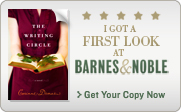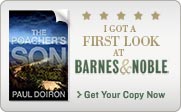I read the first edition (published in 1960) of this book. Fiedler writes more casually than academics today: he neither uses extensive footnotes nor includes a bibliography, and at times his perspective on women seems a bit off to me. Still, this book is mammoth (both in size and reputation).
Fiedler starts by tracing the history of the seduction novel in England and elsewhere. He contends that love and death are two of the most salient themes of the American novel, and that in American literature, the Clarissa figure becomes split into a dark lady and an angelic, fair lady. He identifies James Fenimore Cooper's historical romances with those of Sir Walter Scott, and traces a gothic tradition that starts with Charles Brockden Brown, goes through the work of Poe, to a full-blown Faustian bargain, whether done by Hester Prynne in The Scarlet Letter, or in Moby Dick, or in Huckleberry Finn. Indeed, Fiedler identifies gothic as the most successful form in America. Fiedler also traces the male homosocial bond that crosses racial boundaries, and identifies this bond as extremely important (Huck-Jim, Ishmael-Queequeg, and Natty Bumpo-Chingachgook all provide examples). He also reads Faulkner (especially Absalom, Absalom!) and Pierre to great profit.
Sunday, October 5, 2008
Love and Death in the American Novel by Leslie Fiedler
Labels:
criticism,
gothic,
novel,
seduction,
sentimental,
theory,
United States
Subscribe to:
Post Comments (Atom)






No comments:
Post a Comment